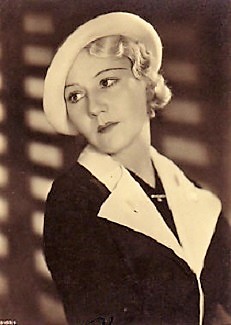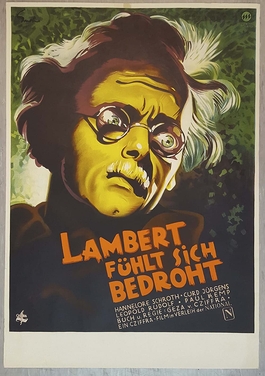Related Research Articles

Josef Meinrad was an Austrian actor. From 1959 until his death in 1996, Meinrad held the Republic of Austria's Iffland-Ring, which passes from actor to actor — each bequeathing the ring to the next holder, judging that actor to be the "most significant and most worthy actor of the German-speaking theatre".

Vohenstrauß is a town in Germany, located in the north-eastern part of the Bavarian region Upper Palatinate. The town is situated in the district of Neustadt an der Waldnaab. It is the birthplace of Heribert Illig.
Josef Sieber was a German film actor.
Ernst Waldow was a German film actor. He appeared in more than 160 films during his career.
Hans Ledersteger (1898–1971) was an Austrian art director who worked for many years in the German film industry. While mainly employed in Germany, he occasionally also worked in other countries such as Italy and his native Austria including on some post-war Heimatfilm. He worked on around eighty films as Art Director or production designer during his career. He was married to the actress Irmgard Alberti. Their daughter was the actress Barbara Valentin.
Hans Olden (1892–1975) was an Austrian stage and film actor. Olden appeared in more than eighty films during his career, mostly in Austria but occasionally also in Germany. He was a supporter of the Austrian Nazi Party, his interest in Nazism pre-dating the Anchluss by some years. After the Second World War Olden appeared in a number of Heimat films.
Marianne Schönauer (1920–1997) was an Austrian stage, television and film actress. During her career she made over fifty appearances in film and television series and also enjoyed success as a singer.
Elfie Mayerhofer (1917–1992) was an Austrian film actress and singer. A noted stage performer, she played lead roles in a series of musical and operetta films such as The Song of the Nightingale (1944) and The Heavenly Waltz (1949). She was known as the "Viennese Nightingale".
Werner Schlichting (1904–1996) was a German art director who worked on over a hundred films during a lengthy career. He worked on a number of Austrian films including The Congress Dances and The Last Ten Days (1955).

Erika von Thellmann (1902–1988) was an Austrian actress who appeared in more than a hundred films and television series during her career.
Ingrid Marga Irene Lutz was a German film actress. Lutz died on 13 November 2021, at the age of 97.
Willy Winterstein (1895–1965) was an Austrian cinematographer.
Katharina Mayberg (1925–2007) was a German film and television actress.
Gustav Abel (1902–1963) was an Austrian art director.
Ernst H. Albrecht (1906–1982) was a German art director. He worked on the sets of over eighty films during his career. He was employed mainly in Germany, but also worked on the Austrian film The Blue Star of the South in 1951.
Hugo Gottschlich (1905–1984) was an Austrian stage and film actor, who specialised in Viennese character parts. Later in his career he appeared frequently on television.
Herbert Trantow (1903–1993) was a German composer of film scores, active during the postwar era. Before 1950 he worked for DEFA in East Germany, but then worked exclusively in the West. He was the father of the actress Cordula Trantow.
Leopold Rudolf was an Austrian stage, film and television actor.

Nicole Besnard (1928–2017) was a French stage and film actress. She starred in several films during the 1950s before retiring.

Lambert Feels Threatened is a 1949 Austrian mystery crime film directed by Géza von Cziffra and starring Hannelore Schroth, Curd Jürgens and Leopold Rudolf. The film was one of only a handful of Austrian crime films produced in the post-war era, with similarities to American and British film noirs. It was shot at the Schönbrunn Studios in Vienna and on location around Pörtschach am Wörthersee. The film's sets were designed by the art director Fritz Jüptner-Jonstorff. It was given a West German release in September 1951.
References
- ↑ Fritsche p.240